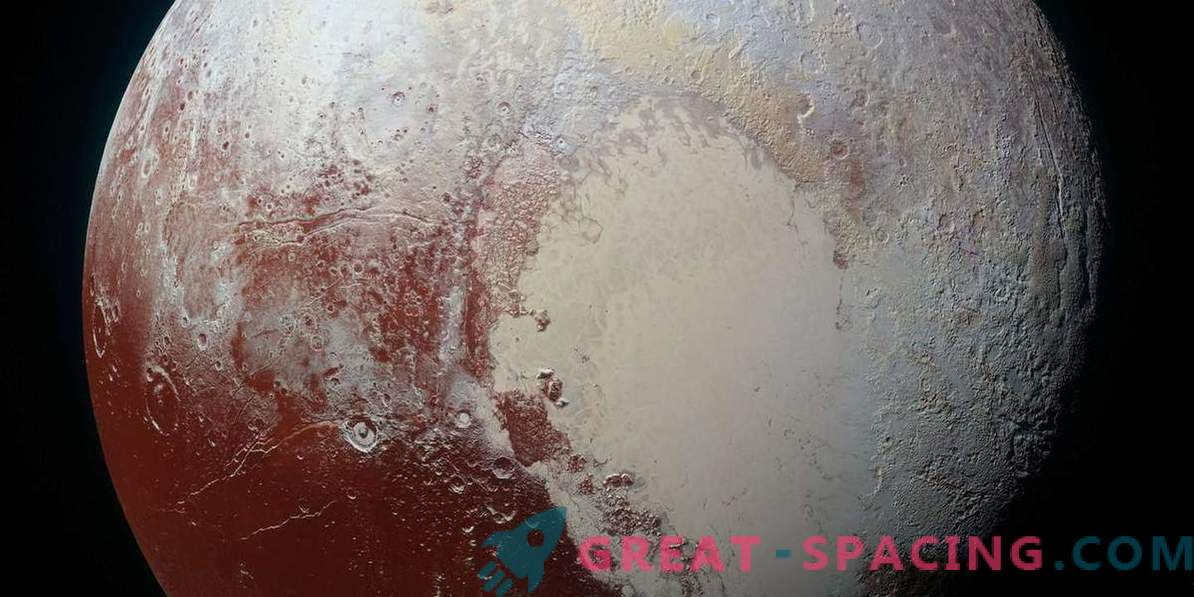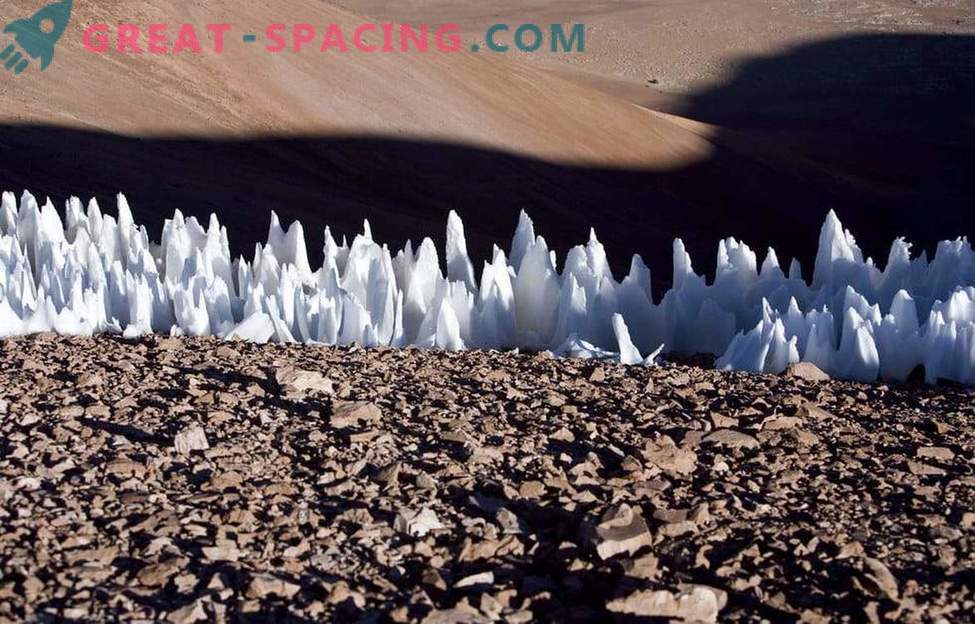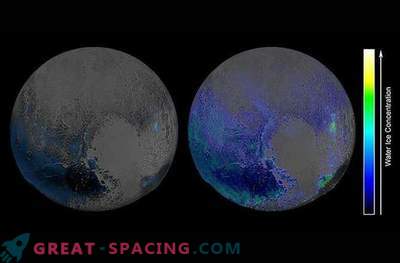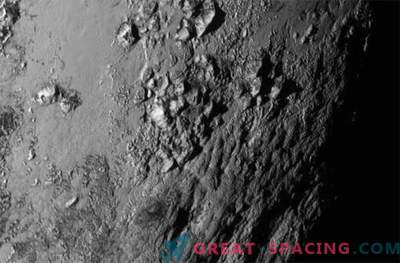
NASA's New Horizons mission first witnessed the ice feature of the “penitentes” outside the Earth.
When New Horizons flew over Pluto in 2015, the images captured the dream of geologists. The ice mountains, the nitrogen glacier and the surprisingly young surface forever changed our ideas about the distant dwarf planet. And 18 months after the flight we continue to make discoveries from the valuable data of the apparatus.
The latest find demonstrates the “penitentes”. If the information is confirmed, it will be the first time when ice formations are found outside our planet. We know that we have ice spikes that can grow up to several feet in height. They are formed where the atmosphere is much thinner and the melting ice is directly transformed into steam, bypassing the liquid stage.
But that is not all. The lead author of the discovery, John Moors, says that these features may be present in other places throughout the solar system. For example, under suspicion the satellite of Jupiter Europe. But it is believed that the penitentes can hide even in more familiar worlds - on Mars. “We want to explore other points in our system, or even outside of it, to discover these features,” said Moors from York University in Canada. He says that penitentes can be found even in the photographs of the moons and planets that we did in the past. “They may be tiny, but we already have suggestions about possible places to search.”

Pluto's terrain, shot by the New Horizons Ralph / Multispectral Visual Imaging Camera. The image of the dwarf planet shows penitentes in relief.
It doesn’t matter if the penitentes are a common feature or are present exclusively on Earth and Pluto, the find shows amazing characteristics. If on Earth they are made of water ice, then on Pluto is ice methane. Another difference is distance. We have spikes close up, while on a dwarf planet they are separated by several miles. It turns out that if you wish, we can install a descent vehicle.
It is believed that Pluto for a long time (perhaps tens of millions of years) calm atmospheric conditions prevailed. This proves their regular interval and shape. The atmosphere of the planet collapses and expands, depending on the change of distance to the Sun during a 248-year orbit. Using computer models, the team found out that penitentes can grow (and develop) in fairly warm atmospheric conditions in just a few years.

Penitentes in the ultra-dry Atacama Desert, Chile
“The winds on Pluto are really light, and there is only one period in each orbit when the atmosphere becomes thick enough to create such features,” said Moors. Activity is happening right now, at the time of the vernal equinox. But the orbit of the planet has changed over the years and the peak has shifted to autumn.
In the meantime, the Moors team is watching other worlds to find similar phenomena, and also is looking forward to two missions on Jupiter, which will study ice moons (NASA Europe and European JUICE). They should reach the system in the 2030s, focusing on Europe and Ganymede.











































